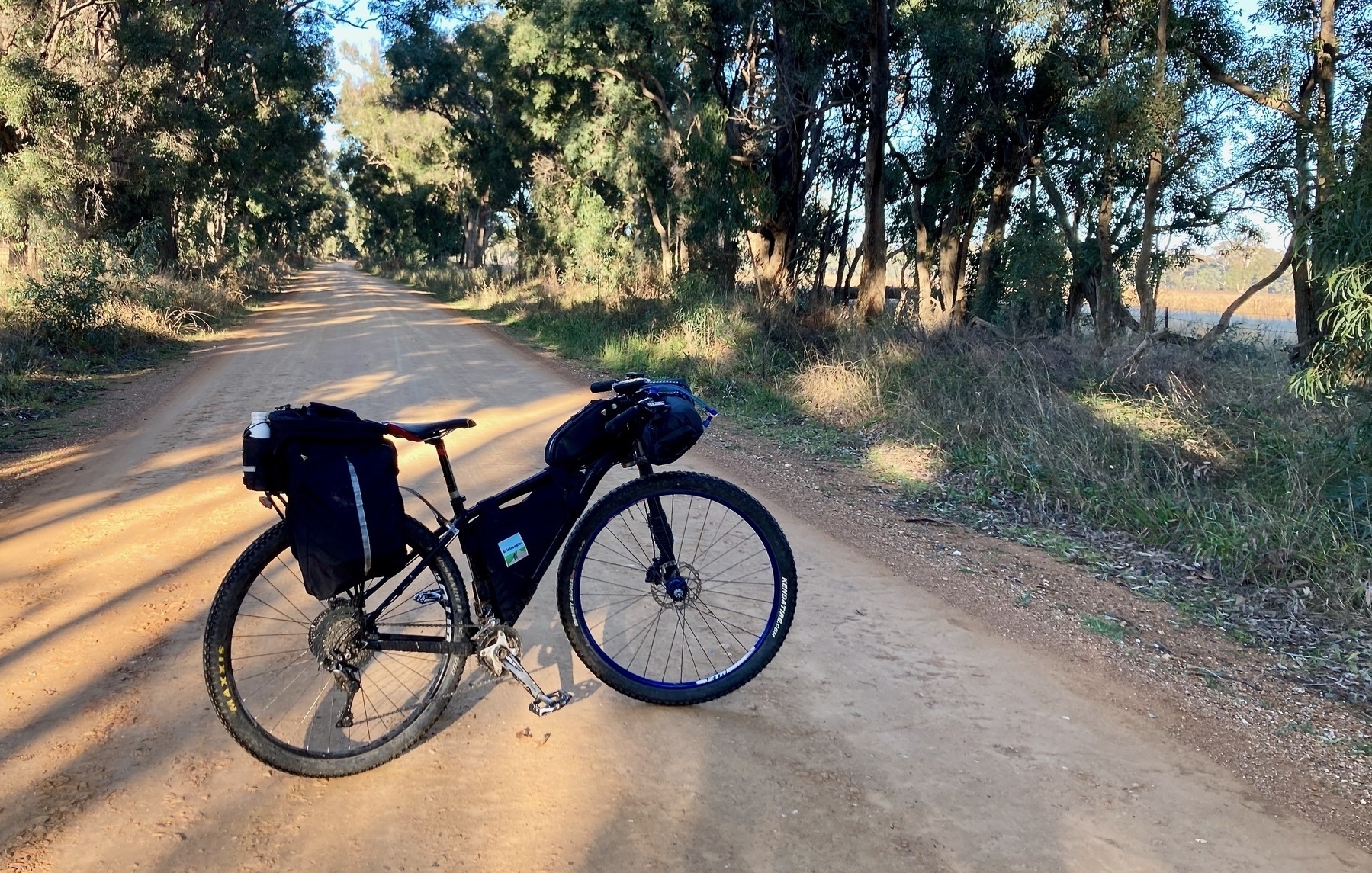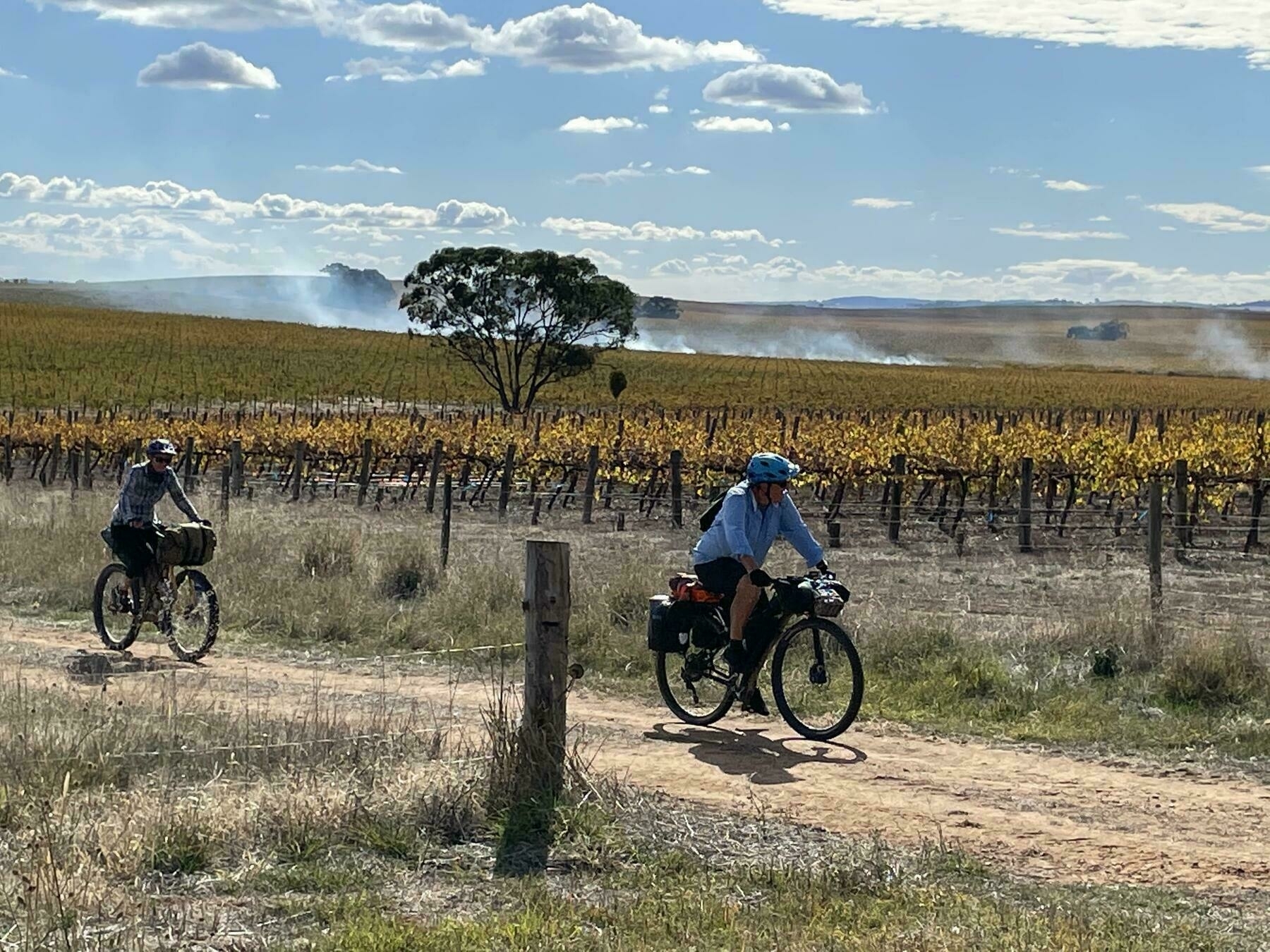 Fiona on a steel bike, me on an aluminium bike. Loaded up and trucking and having the time of our lives.
Fiona on a steel bike, me on an aluminium bike. Loaded up and trucking and having the time of our lives.
I read plenty of stuff about bikes, both online and in magazines. Have done so for decades.
And one thing that I read often (so often!) in discussions and comparisons of bikes is that there is a discernable difference between bikes based on the material the frame is made from.
And this mostly is expressed as a diss for aluminium as a frame material.
Australian Geographic has just released a ‘guide to bikepacking’, which says the following, inter alia: " Aluminium is light, and it is cheap, but you will cop a jarring ride".
Can I get some science to go with this unsubstantiated opinion?
Specifically some science that shows that in a system which includes pneumatic tyres with up to 10 mm of “give” that a rider can tell the difference between the so-called “ride quality” of a metal (steel, titanium or aluminium) or carbon fibre frame.
I currently own six bikes. There is a road bike (Frezoni custom steel), a cyclocross bike (Cannondale CAAD-X), a touring bike (Shogun Alpine GT), a hardtail mountain bike (Specialized Carve), a folding bike (Brompton), and a commuter e-bike (built it myself, but the frame is a old Cecil Walker steel touring frame).
Four of my bikes have steel frames, and two have aluminium frames. In the past I have also owned titanium and carbon fibre framed bikes.
Here are some things which make a difference to how a bike rides:
- Weight (of you and the bike together)
- Frame geometry and how the bike fits you
- Suspension
- Tyres.
- How you feel about life at the time.
Here are the things which have no discernable effect on how a bike rides:
My favourite and most memorable rides are multi-day touring rides, hopefully somewhere scenic and interesting. And from the list above, I will take either the hardtail mountain bike or the touring/commuting bike for those multi-day rides.
One is steel, the supposed gold standard for “ride quality”. The other is aluminium, which Australian Geographic thinks is “jarring”.
I take the hardtail aluminium mountain bike if I think the route will be rough or gnarly.
And the reason is simple: the mtb has bigger tyres. About 55-60 mm wide, compared with 48 mm wide for the biggest tyre which fits the touring bike.
That is all there is to it. The steel touring bike, which is my favourite machine, which I have ridden 14,000 km on in the last four years (since I started using Strava), isn’t the right bike for rougher roads. The bike with the big tyres is.
So why am I so hot under the collar about this issue?
I dislike poor advice, and advice which focusses on the wrong things.
There are plenty of aspects of bike design and construction which are important differentiators that you can look at when buying a bike, and I’ve listed some of them above. Price might also be a factor for most of us, also longevity.
Those authors who push the idea that aluminium has a harsh ride in comparison to steel or titanium might be actually be doing bike buyers a favour.
If an aluminium-framed bike is cheaper and lighter than a steel one (and surely much cheaper than carbon-fibre or titanium), then just buy it. The ride quality you experience will be based on how the total bike fits you, and how the tyres you select work on the road/trail surfaces you ride on.
What won’t be a factor in ride quality? The aluminium. Cos physics.
Don’t believe me? Reckon you can tell the difference between bikes purely on frame material? Email andrew.demack@gmail.com and let’s set up a test.
See also:


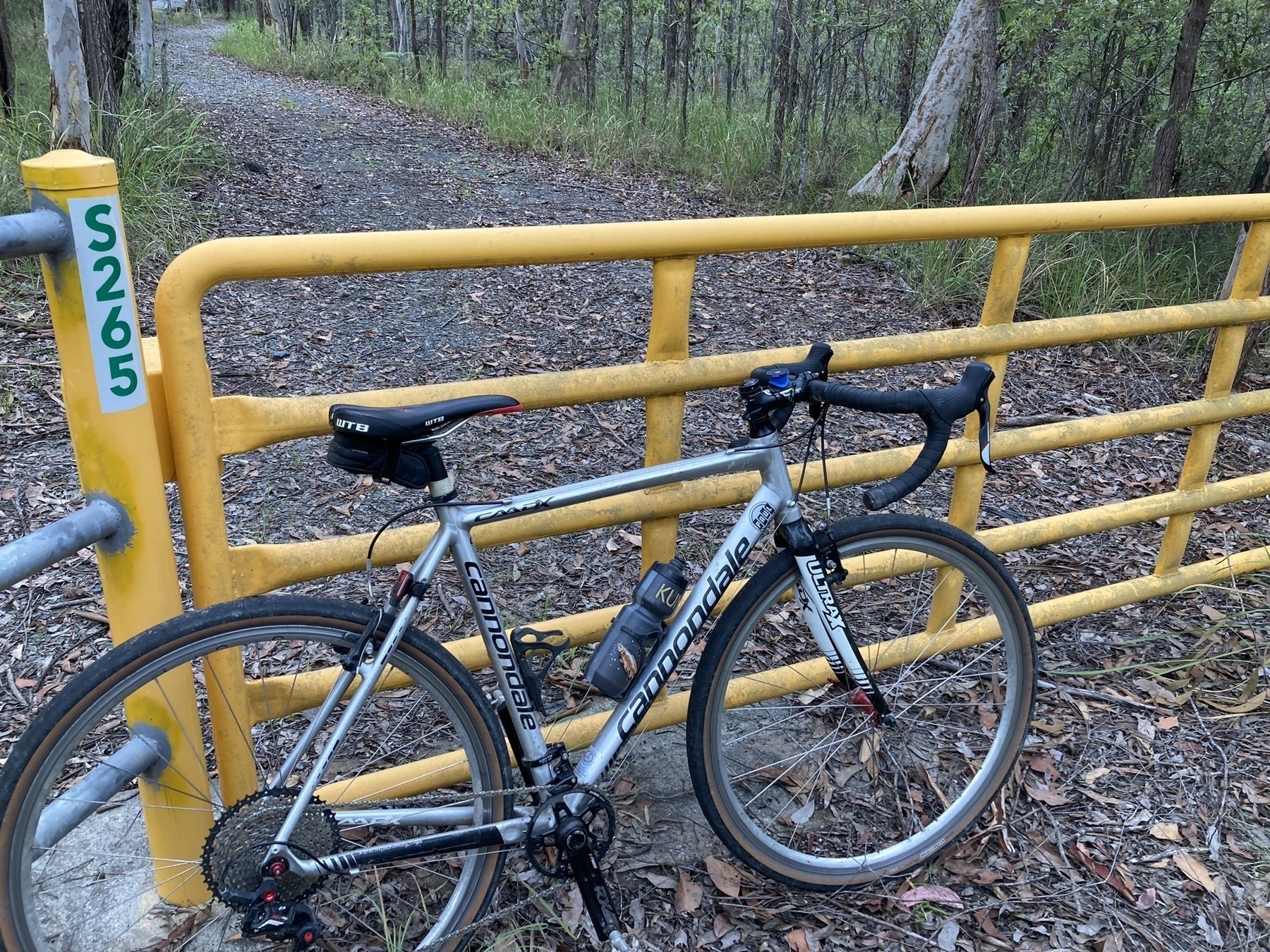
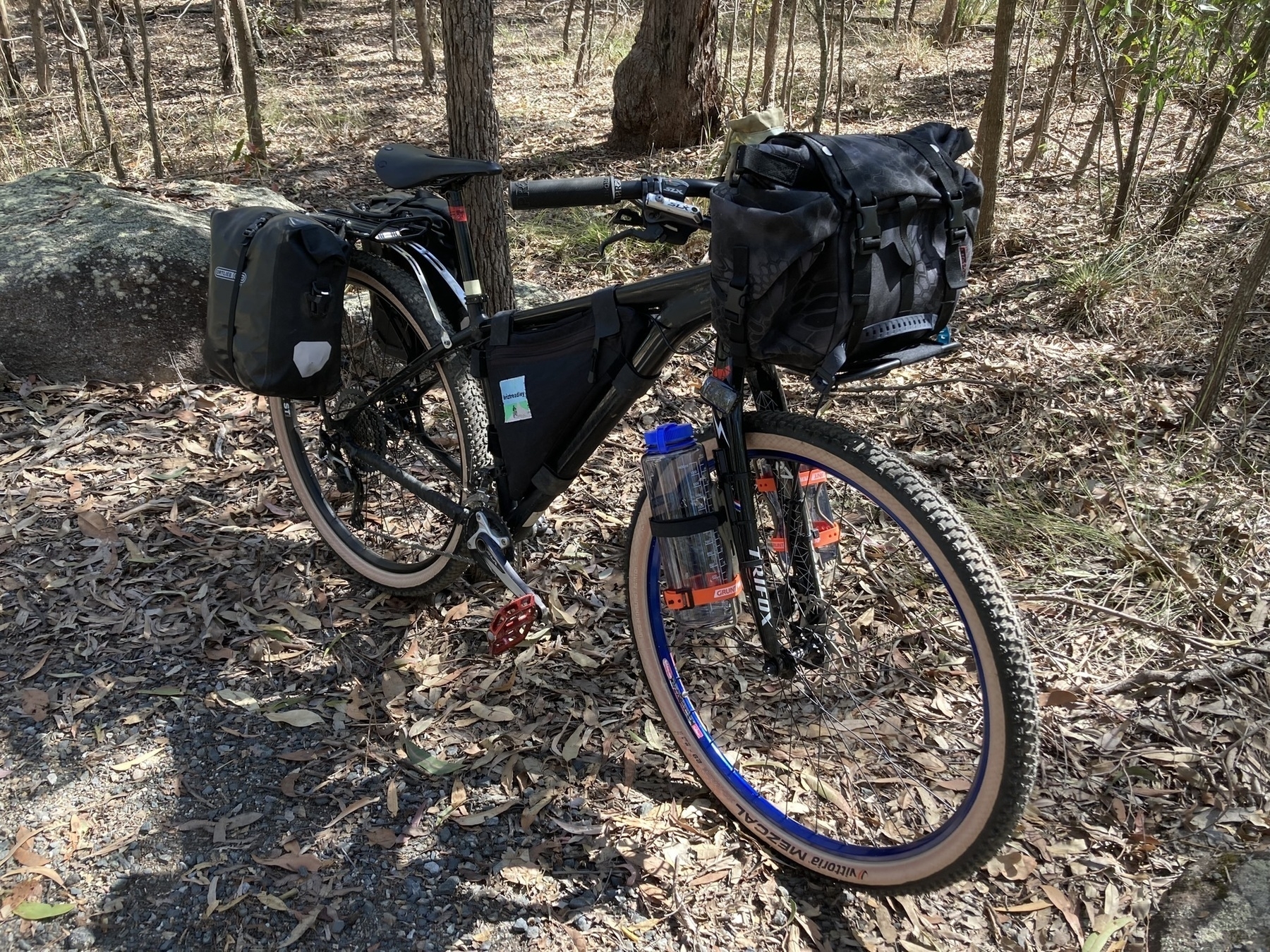
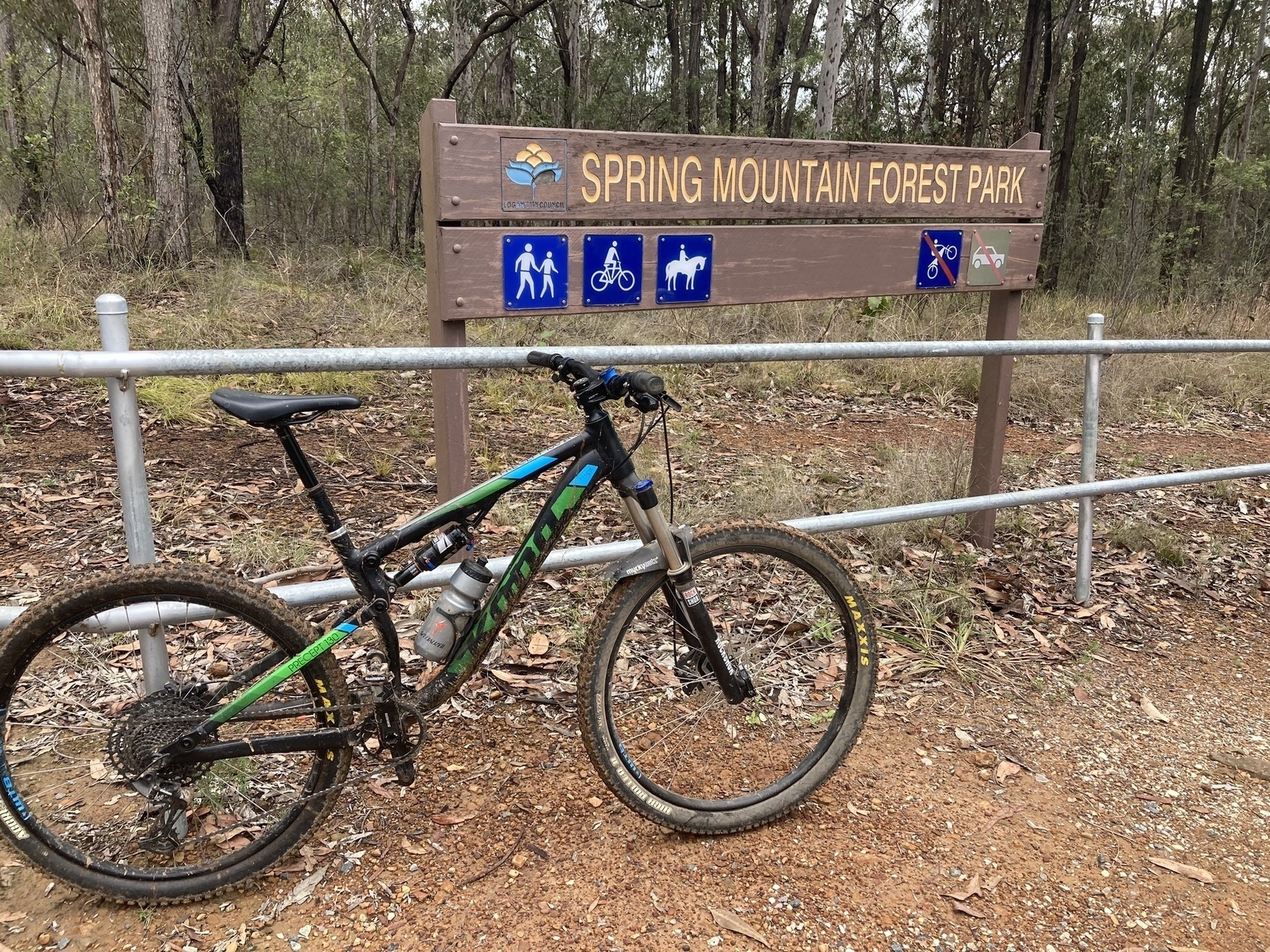
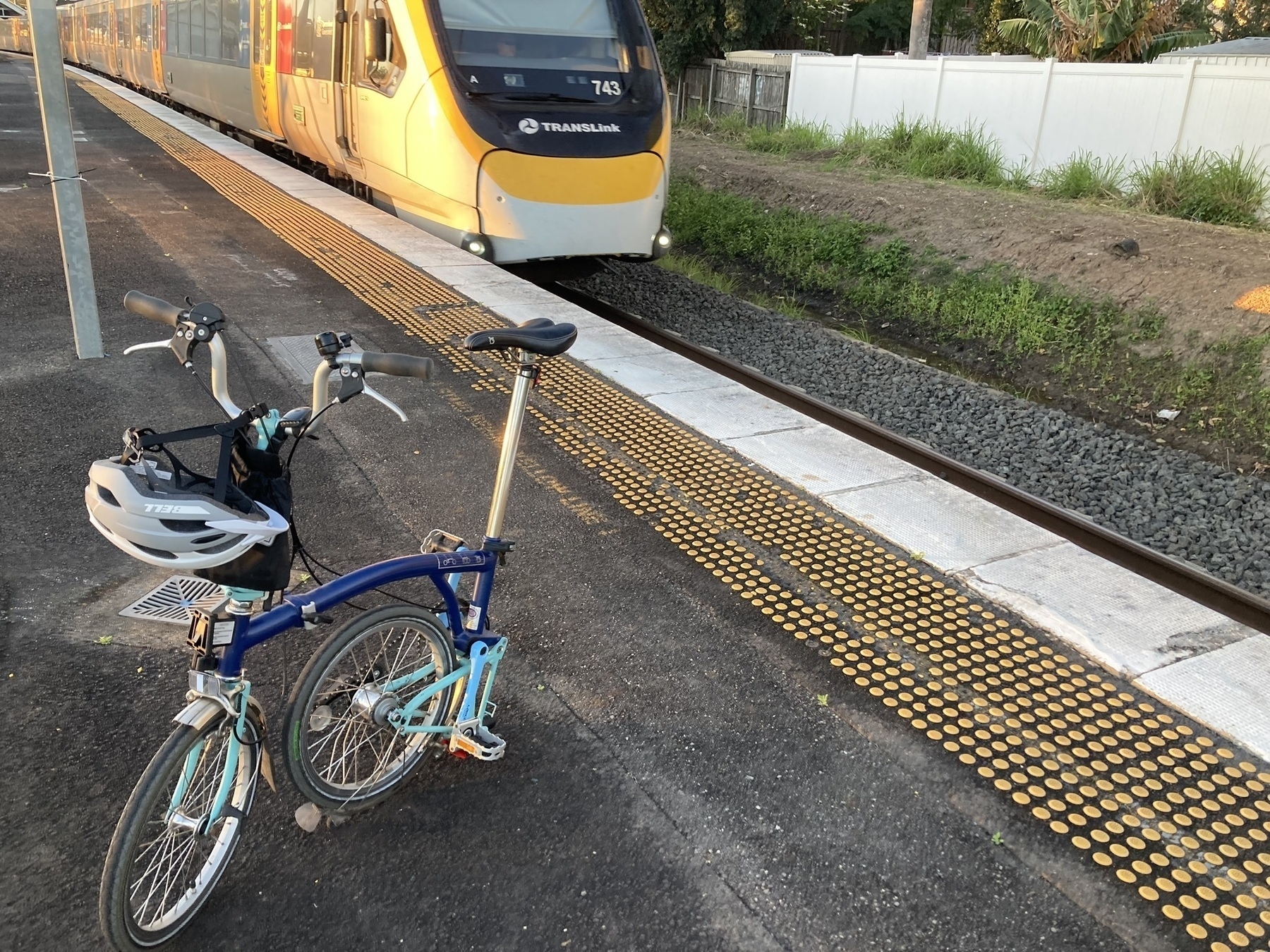
 Fiona on a steel bike, me on an aluminium bike. Loaded up and trucking and having the time of our lives.
Fiona on a steel bike, me on an aluminium bike. Loaded up and trucking and having the time of our lives.